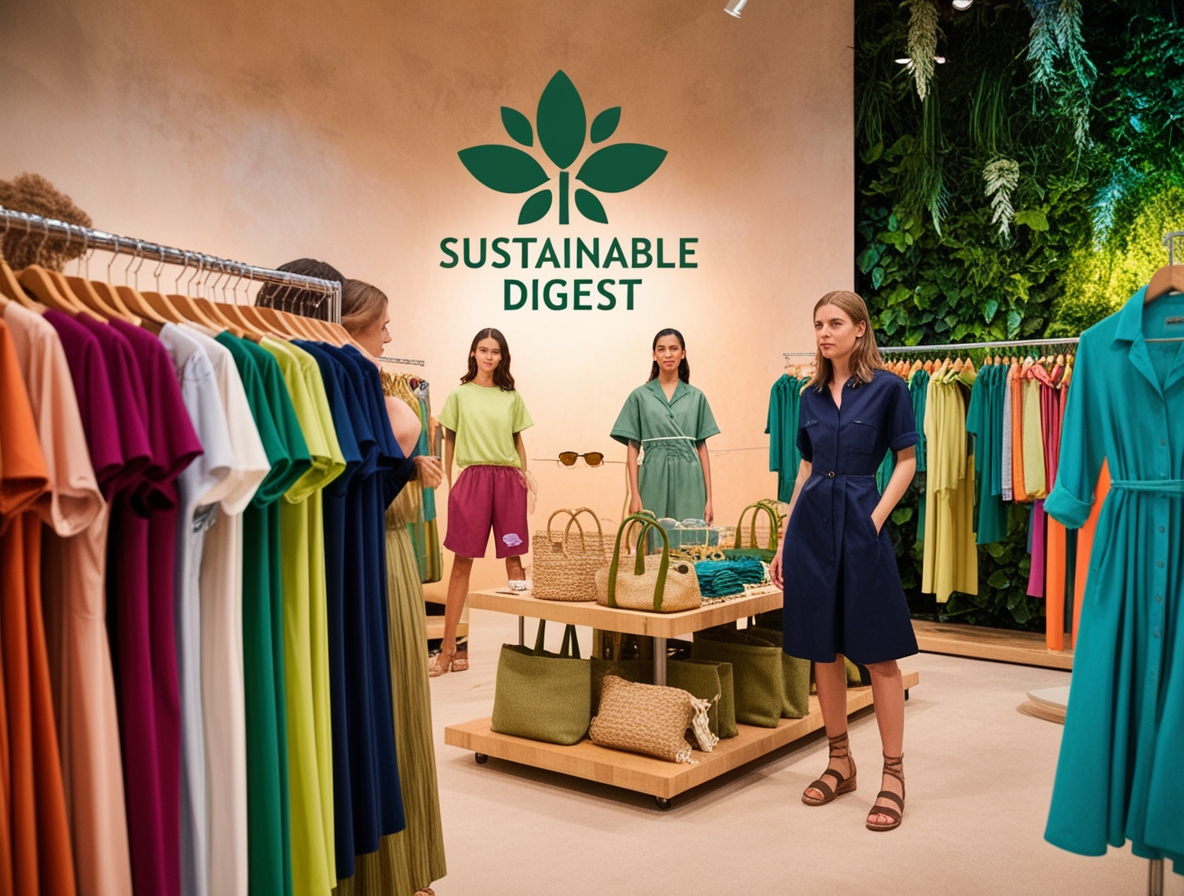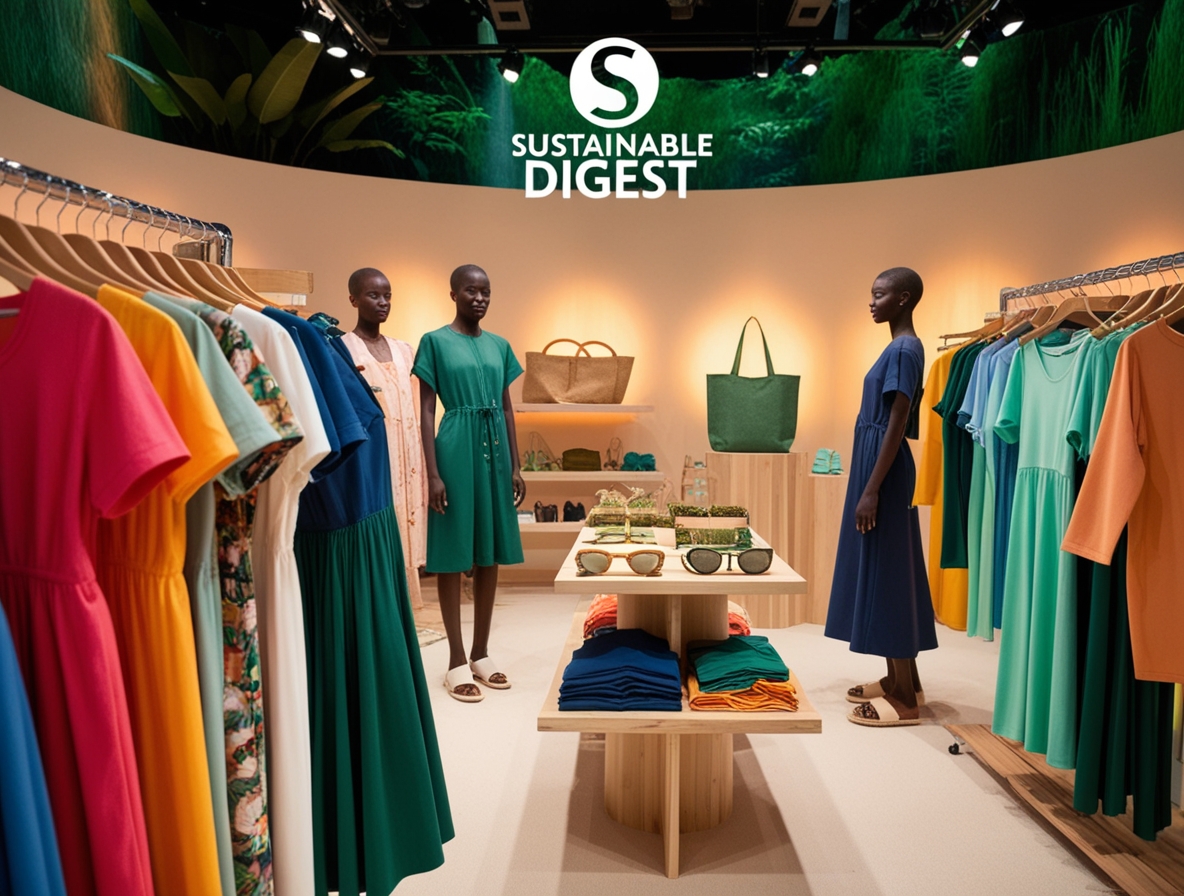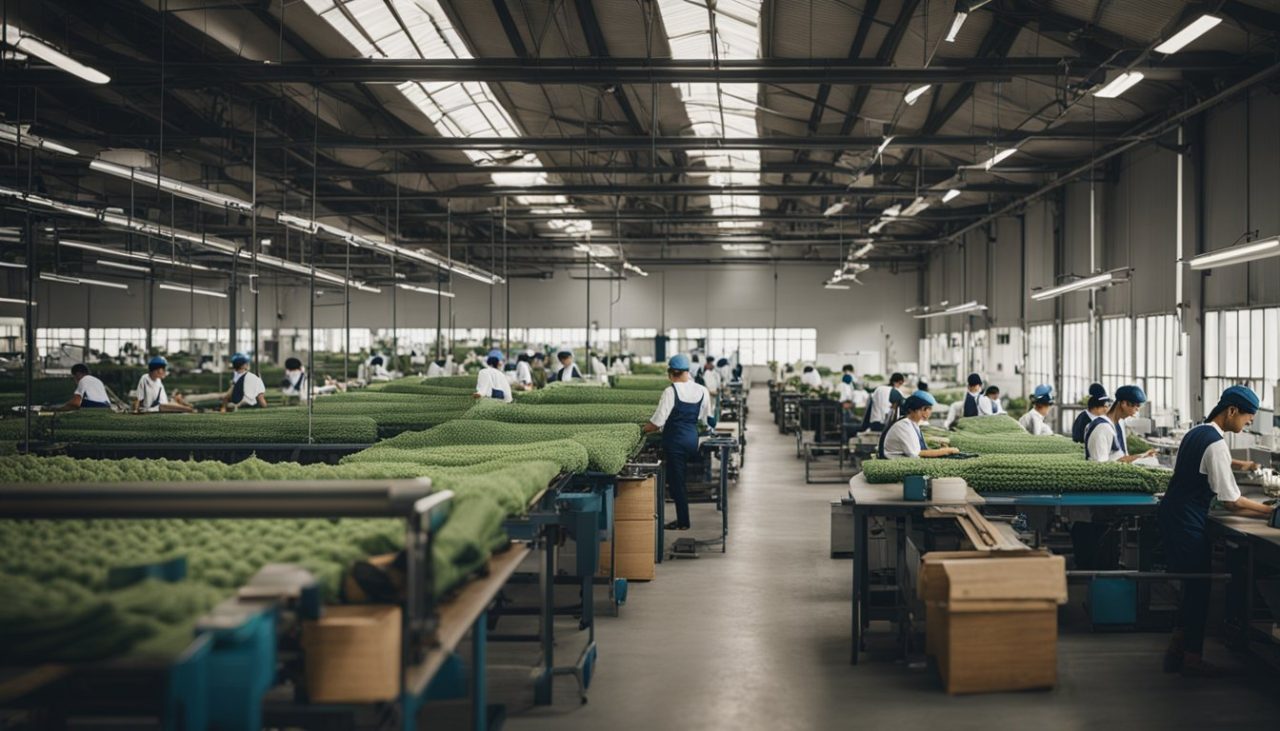
The interconnected worlds of air transport, hospitality, and exploration face unprecedented challenges. Rising consumer expectations and regulatory pressures demand eco-conscious strategies across these sectors. Recent data reveals 73% of travelers now prioritize low-carbon options when planning trips, signaling a fundamental shift in market dynamics.

Corporate leaders are responding with measurable targets. Airlines invest billions in fuel-efficient fleets, while hotel chains adopt circular economy principles. These efforts align with international climate agreements, creating new frameworks for cross-border collaboration.
This analysis examines emerging technologies like sustainable aviation fuels and AI-driven route optimization. It also explores consumer behavior trends influencing corporate decarbonization roadmaps. From carbon offset programs to green infrastructure projects, stakeholders recognize environmental stewardship as both obligation and opportunity.
Introduction to Sustainability in Aviation, Tourism, and Travel
Global mobility industries are redefining their operations amid pressing ecological challenges. At its core, sustainability balances resource use with long-term environmental stability—a concept now central to international policymaking. The Lancet Countdown reports that 58% of nations now integrate ecological thresholds into economic strategies, reshaping transportation and hospitality frameworks.
Defining Sustainability in Global Affairs
Modern sustainability extends beyond conservation. It involves creating systems that support economic growth while protecting natural ecosystems. This approach drives initiatives like the Paris Agreement, which commits 196 countries to limit temperature rises through coordinated action.
Emerging Trends in the Industry
Three developments dominate current strategies:
- Airlines testing biofuel blends to cut flight emissions by 20-30%
- Hotel chains adopting solar energy to power 40% of operations by 2025
- Travel platforms highlighting low-carbon itineraries using IATA’s emissions calculators
Extreme weather patterns—linked to atmospheric shifts—now influence 63% of destination choices according to industry surveys. Proactive adaptation includes redesigned coastal resorts and heat-resistant infrastructure. Collaborative efforts like CORSIA (Carbon Offsetting Scheme for International Aviation) demonstrate how policy and technology merge to address these challenges effectively.
Global Climate Trends and Policy Implications
Recent atmospheric data reveals transport and hospitality sectors contribute 10% of worldwide carbon output. The UNWTO reports tourism-related emissions surged 60% since 2005, outpacing broader economic growth rates. This trend forces rapid policy adjustments across borders.

Key Emission Statistics and Regulations
Commercial flights account for 2.4% of energy-related CO₂ releases annually. New mandates require 45% emission cuts from 2005 levels by 2035 for airlines. Hotel chains face binding targets to reduce energy use per room by 30% within six years.
Key regulatory tools now shaping operations:
- Carbon pricing mechanisms in 46 national jurisdictions
- Mandatory disclosure rules for Scope 3 emissions
- Tax incentives for hybrid aircraft adoption
Role of International Agreements
The Paris Agreement’s Article 6 enables cross-border carbon trading, directly affecting flight route planning. Over 100 countries now participate in CORSIA, offsetting 80 million tonnes of airline emissions yearly.
Intergovernmental panels recently standardized jet fuel sustainability criteria. These frameworks help align corporate strategies with scientific climate models while maintaining economic viability.
How Sustainability impacts Aviation, Tourism, and Traveling in Global Affairs
Industry leaders across continents now confront dual pressures: reducing environmental footprints while meeting growing travel demand. A 2024 IATA study shows air transport contributes 3.5% of annual warming effects, with tourism adding another 5% through energy-intensive operations.
Analyzing the Current Global Impact
Three critical patterns emerge worldwide:
- Flight delays due to extreme heat increased 28% since 2019
- Coastal resorts invest $12B in flood barriers and elevation projects
- 85% of corporate travel policies now mandate emission tracking
Advanced technologies prove vital in this transformation. Electric regional aircraft prototypes reduce per-flight emissions by 50%, while AI-powered logistics systems cut fuel waste. These innovations form part of broader strategies to meet Paris Agreement targets.
| Region | Emission Reduction Target | Key Technology |
|---|---|---|
| North America | 40% by 2030 | Hydrogen propulsion |
| Europe | 55% by 2035 | Biofuel refineries |
| Asia-Pacific | 33% by 2030 | Carbon capture systems |

Economic priorities increasingly align with ecological needs. Carbon pricing mechanisms now cover 23% of worldwide aviation activities, driving operational changes. Major carriers like Delta and Lufthansa report 18% emission drops after adopting hybrid ground vehicles and optimized flight paths.
Urgent action remains critical. Atmospheric CO₂ concentrations reached 424 ppm in 2023 – levels unseen in 3 million years. Collaborative efforts across borders demonstrate measurable progress, but accelerated adoption of clean technologies will determine long-term success.
Technological Innovations Shaping the Future of Air and Travel
Cutting-edge engineering breakthroughs are revolutionizing how we move through skies while addressing environmental concerns. Advanced materials and intelligent systems now drive measurable reductions in CO₂ emissions, offering tangible solutions for the aviation sector. Industry leaders recognize that innovation isn’t optional—it’s essential for survival in a climate-conscious market.

Innovative Aircraft Technologies
Boeing’s 787 Dreamliner demonstrates what modern engineering achieves. Its carbon-fiber composite structure weighs 20% less than traditional planes, slashing fuel use by 25%. Similarly, Airbus’ A350 employs curved wingtips and Rolls-Royce engines to cut CO₂ emissions per seat by 30% compared to older models.
New propulsion systems push boundaries further. United Airlines recently tested hydrogen-electric engines for regional jets, aiming for zero-emission flights by 2028. These advancements prove crucial as the aviation sector works toward net-zero targets.
AI and Data Analytics in Flight Optimization
Machine learning now reshapes route planning. American Airlines saved 1.7 million gallons of fuel in 2023 using AI-powered wind forecasts. Their system adjusts flight paths in real-time, trimming 8 minutes from transatlantic routes on average.
Delta’s collaboration with Google Cloud exemplifies data-driven progress. Their algorithms analyze weather, aircraft weight, and air traffic to minimize fuel burn. “Every saved gallon reduces our carbon footprint,” notes Delta’s Chief Sustainability Officer.
These innovations work best when paired with carbon offsetting initiatives. JetBlue offsets 3 billion pounds of CO₂ emissions annually through reforestation projects, complementing their tech upgrades.
Sustainable Aviation Fuels and Energy Solutions Driving Change
The transition to cleaner propulsion methods marks a pivotal shift in air transport operations. Sustainable aviation fuels (SAF) derived from waste oils and agricultural residues now power over 500,000 flights globally. These alternatives cut lifecycle CO₂ emissions by 80% compared to conventional jet fuel, creating new energy dynamics across the sector.
Investments in Alternative Fuels
Airlines worldwide committed $17 billion to SAF development since 2022. KLM leads with 14% SAF usage on Amsterdam routes, backed by partnerships with Neste and Shell. Lufthansa Group’s $250 million investment aims for 10% SAF integration by 2030, already reducing CO₂ output by 340,000 tonnes annually.
| Airline | SAF Investment | CO₂ Reduction | Key Regions |
|---|---|---|---|
| United Airlines | $5B | 2.1M tonnes | North America |
| KLM | $1.2B | 870K tonnes | Europe |
| ANA | $780M | 410K tonnes | Asia-Pacific |

Case Studies in SAF Implementation
Delta’s Los Angeles hub replaced 10% of traditional fuel with SAF, cutting 145,000 tonnes of CO₂ in 2023. Energy-efficient practices like optimized refueling procedures further reduced emissions by 12%. “Our Atlanta-Amsterdam route now uses 30% SAF blends,” notes a Delta operations manager.
Singapore Airlines achieved 18% lower energy consumption through SAF combined with aerodynamic enhancements. These projects demonstrate how strategic fuel choices and operational upgrades create measurable environmental benefits while maintaining profitability.
Transportation Strategies for Reducing Carbon Emissions
Operational breakthroughs are transforming how networks address environmental challenges. Airlines and rail operators now deploy advanced systems to minimize fuel use while maintaining service quality. Research shows optimized logistics could cut transport emissions by 19% before 2030.

Optimized Flight Routes and Fuel Efficiency
Airlines reduce emissions through smarter navigation. Delta’s AI-powered system saved 8 million gallons of fuel in 2023 by adjusting routes based on weather patterns. Eurocontrol data reveals such strategies trim 12% of CO₂ per transatlantic flight.
Key advancements include:
- Real-time wind analysis cutting flight times by 6 minutes on average
- Weight reduction programs removing 1.2 tons per aircraft
- Continuous descent approaches lowering noise and fuel burn
Integrating Rail and Multimodal Shifts
Air-rail partnerships demonstrate significant environmental benefits. Lufthansa’s codeshare with Deutsche Bahn replaced 45,000 short-haul flights annually, reducing 155,000 tonnes of CO₂. The EU’s “Flightpath 2050” initiative aims to shift 25% of flights under 500 km to rail.
| Region | Emission Cut | Strategy |
|---|---|---|
| North America | 18% | Hub-and-spoke rail links |
| Europe | 30% | High-speed rail integration |
| Asia | 22% | Urban transit partnerships |

These shifts create business advantages. United’s Denver hub reported 14% cost savings after introducing electric shuttles for airport transfers. The transport sector proves environmental goals can align with operational efficiency when supported by data-driven planning.
The Carbon Footprint of Food and Hospitality in Tourism
Meal services and lodging operations generate 23% of tourism’s environmental impact globally. From farm-to-table logistics to hotel energy grids, every plate served and room cleaned leaves measurable ecological traces. The UN Environment Programme estimates food systems account for 8% of worldwide emissions tied to travel activities.

Impact of Food Production on Emissions
Supply chains stretch across continents, amplifying environmental costs. Key findings reveal:
- Beef served in resorts produces 5x more emissions than plant-based alternatives
- Hotels consume 21% of tourism’s total energy output annually
- Annual food transport for cruise ships increased 14% since 2020
| Year | Hospitality Energy Use | Food Waste Generated |
|---|---|---|
| 2022 | 189 million MWh | 12.8 million tonnes |
| 2023 | 201 million MWh | 14.1 million tonnes |

Addressing Food Waste in Tourism
Over 1.3 billion tons of edible items get discarded yearly across the sector. Major hotel chains now implement real-time tracking systems, reducing spoilage by 37% through predictive ordering. Circular solutions gain traction:
- Composting programs repurpose 68% of organic waste in pilot projects
- AI-powered portion control cuts buffet waste by 29%
- Donation partnerships redirect surplus meals to local communities
Hyatt’s 2025 roadmap targets 50% waste reduction through supplier collaborations and guest education campaigns. These measures prove ecological responsibility can coexist with premium hospitality experiences.
Green Accommodation and Eco-Friendly Hospitality Strategies
Hospitality leaders are pioneering new approaches to minimize environmental footprints while enhancing guest experiences. Research from Cornell University reveals that 78% of travelers prefer properties with verified eco-certifications, driving rapid adoption of green technologies across the sector.

Energy-Saving Infrastructure
Modern hotels achieve measurable results through smart design:
- Marriott’s Phoenix properties cut energy use 22% using AI-driven HVAC systems
- Hilton’s Las Vegas complex generates 40% of power from rooftop solar arrays
- Six Senses resorts maintain 30% lower energy consumption than industry averages through geothermal heating
A 2023 study in Hotel Management found properties with smart thermostats reduced energy waste by 18% annually. These systems automatically adjust temperatures when rooms are unoccupied, complementing efforts to reduce emissions from flights through operational efficiency.
Innovative Hospitality Practices
Leading brands demonstrate creative solutions:
- Hyatt’s keycard-activated lighting systems lowered electricity use by 27%
- Accor’s linen reuse program saved 850 million liters of water globally in 2023
- IHG properties eliminated single-use plastics in 89% of guest rooms
Recent analysis shows guest participation rates in green programs jumped from 42% to 68% when incentives like loyalty points are offered. Marriott’s Bali resort achieved 92% waste diversion through composting and upcycling initiatives, proving environmental stewardship enhances brand reputation.
As flight volumes rebound, hotels increasingly offset guest travel emissions through partnerships with verified carbon projects. This holistic approach addresses the full journey lifecycle while maintaining service quality.
Adapting Travel to Extreme Weather and Climate Change
Over 60% of travelers altered their plans in the past three years due to extreme weather events, according to a 2024 National Travel Survey. Rising temperatures and unpredictable storms force people to rethink vacation timing and destinations. Coastal hotspots now face shorter tourist seasons, while mountain regions report shifting snowfall patterns affecting winter sports.

Traveler Health and Safety Considerations
Heatwaves pose growing risks, with emergency hospital visits during peak travel months increasing 34% since 2020. People visiting cities like Phoenix or Dubai now face temperatures exceeding 110°F regularly. Dehydration and heat exhaustion incidents doubled in these areas over five years.
Smart strategies help mitigate risks:
- Booking flexible itineraries allows last-minute changes when storms strike
- Carrying portable air quality monitors alerts travelers to hazardous conditions
- Choosing accommodations with backup power systems ensures safety during outages
Travel apps now integrate real-time climate data, offering rerouting suggestions during wildfires or floods. “The way we explore has transformed,” notes a TripAdvisor spokesperson. “People prioritize destinations with robust emergency response systems.”
Historical weather patterns reveal stark changes. Summer heatwaves in Europe now last 18 days longer than 20 years ago, while hurricane seasons start two weeks earlier. These shifts demand adaptive planning to protect both travelers and local communities.
Coastal Challenges: Sea Level Rise and Sustainable Tourist Destinations
Coastal cities face mounting threats as oceans encroach 3.7 millimeters yearly. Jakarta’s northern districts sank 2.5 meters since 2010, forcing $40 billion relocation plans. Rotterdam’s Maeslantkering storm barrier demonstrates how engineered solutions protect urban centers while maintaining tourism appeal.

Adapting Coastal Infrastructure
Elevated boardwalks and permeable pavements now replace concrete in vulnerable zones. Miami Beach’s $500 million pump system prevents 90% of tidal floods, improving urban efficiency during storms. Three proven approaches:
- Artificial reefs reducing wave energy by 60% in the Maldives
- Modular flood barriers deployed in 30 minutes across Venice
- Singapore’s hybrid parks storing 12 million gallons during heavy rains
Mitigating Economic Impacts on Destination Cities
Resilient designs prevent $23 billion in annual global tourism losses. Charleston’s raised seawalls saved 8,000 hospitality jobs after Hurricane Ian. Funding sources include:
- Green Climate Fund grants covering 40% of adaptation costs
- Public-private partnerships like New Orleans’ Living Shorelines
- Hotel tax allocations directing $2.8 billion to flood control
Rotterdam’s floating neighborhoods attract 18% more visitors than traditional districts, proving environmental innovation drives economic growth. Coastal destinations now balance preservation with progress through data-driven planning.
Economic, Social, and Health Impacts of Climate Change on Tourism
Climate shifts reshape vacation patterns while straining local economies. A 2024 WHO report links 23% of travel-related health emergencies to heat stress and air pollution. Coastal towns dependent on seasonal visitors face revenue drops as extreme weather disrupts peak travel months.

Assessing the Global Impact on Travel Behavior
Travelers increasingly avoid destinations with poor air quality or wildfire risks. Google Trends data shows searches for “climate-safe vacations” tripled since 2021. This behavioral shift pressures resorts to adopt eco-certifications while reducing bookings in vulnerable regions.
Implications for Local Communities
Island nations relying on tourism face dual threats: rising seas damage infrastructure while greenhouse gas emissions from visitors worsen environmental decline. Fiji’s coral reef degradation cost $12 million in lost fishing income last year alone.
Dependence on fossil fuels compounds these challenges. Diesel generators power 68% of remote lodges globally, contributing to respiratory illnesses in nearby villages. Transitioning to solar energy could prevent 4,000 premature deaths annually according to health studies.
The aviation industry plays a critical role through fuel innovations. Boeing’s partnership with Alaska Airlines cut per-flight greenhouse gas emissions by 18% using advanced biofuels. Such initiatives demonstrate practical ways to balance mobility needs with ecological responsibility.
Corporate Initiatives and Government Policies for Sustainable Travel
Corporate boards and legislative bodies now jointly address ecological pressures through coordinated action. Airlines and travel firms integrate environmental goals into core operations while governments craft supportive regulations. This alignment creates measurable progress in emission reduction across continents.
ESG Strategies in the Aviation Sector
Leading carriers implement robust environmental frameworks. KLM’s “Fly Responsibly” program invests $2.1 billion in sustainable fuel development through partnerships with Neste and SkyNRG. Lufthansa Group reduced greenhouse gas output by 28% since 2019 using three key tactics:
- Fleet modernization with 47 fuel-efficient Airbus A350s
- Real-time emission tracking across 700+ daily flights
- Carbon offset partnerships covering 12 million passengers yearly
Regulatory Frameworks for Sustainable Growth
Governments accelerate change through targeted policies. The EU mandates 6% sustainable aviation fuel usage by 2030, backed by $4.3 billion in refinery subsidies. U.S. tax credits now cover 35% of costs for airlines adopting electric ground vehicles.
| Region | Policy | Impact |
|---|---|---|
| Europe | Blending mandates | 18% lower aviation emissions by 2028 |
| North America | Tax incentives | $9B SAF investments since 2022 |
| Asia-Pacific | Carbon trading | 23% emission cuts projected |
Public-private collaborations show particular promise. Delta’s partnership with the DOE developed hybrid engines cutting fuel use by 17%. These efforts demonstrate how policy guidance and corporate innovation can reduce carbon footprints while maintaining economic growth.

Conclusion
The path forward demands urgent collaboration across borders and industries. Recent advancements prove measurable reductions in gas emissions are achievable through fleet modernization, renewable energy adoption, and smarter resource management. From AI-optimized flight paths to circular hospitality models, innovation drives progress while maintaining economic viability.
The tourism industry plays a pivotal role in this transformation. Data shows properties with eco-certifications achieve 22% higher guest retention, proving environmental responsibility aligns with market success. Cutting carbon dioxide output requires continuous investment – airlines using sustainable fuels now prevent 4 million tonnes of annual emissions.
Three actions will accelerate change:
- Scaling biofuel production to meet 10% global aviation demand by 2030
- Implementing real-time emission tracking across travel value chains
- Rewarding businesses that exceed decarbonization targets
Corporate strategies must align with international climate frameworks to maximize impact. When governments incentivize green infrastructure and travelers choose low-carbon options, collective efforts yield exponential results. The journey toward cleaner skies and resilient destinations isn’t optional – it’s the blueprint for enduring global mobility.

Key Takeaways
- Consumer preferences drive rapid adoption of eco-friendly practices
- Cross-industry collaboration accelerates green innovation
- New technologies reduce operational emissions significantly
- Regulatory frameworks shape global operational standards
- Transparent reporting builds consumer trust and loyalty




























